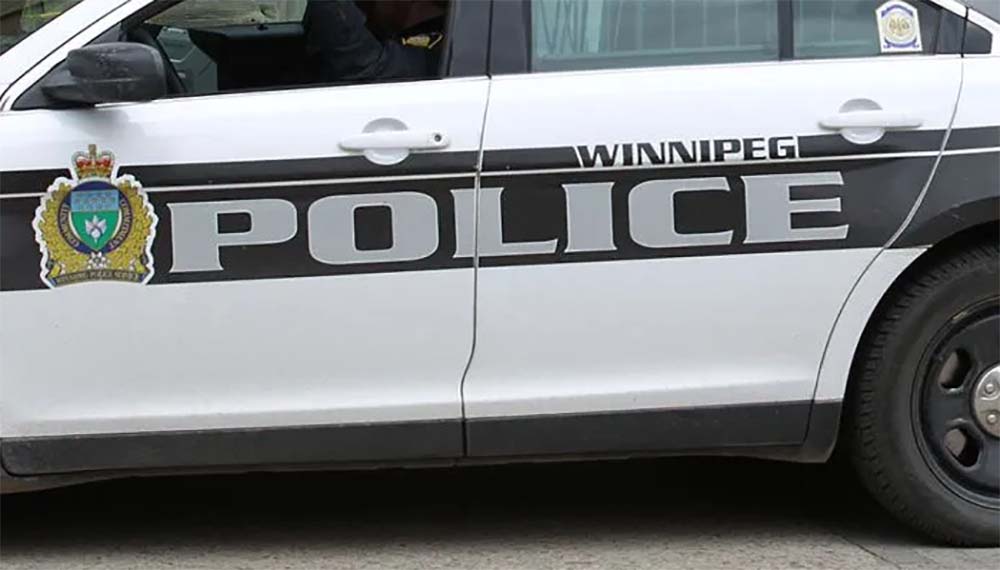Winnipeg’s police Chief Smyth has the typical police challenge on his hands – the ones seen over and over again: crime is up, resources are stretched, and more money is needed. Behind the scenes and out of the public’s eye, he must also be seen as preserving the interests of his officers and the police association.
The Police Services Board and politicians have their perpetual challenge: they must be perceived as hard on crime, manage tax revenues and maintain the electorates’ confidence, while also keeping the powerful and influential, but political, police lobby on side.
It is however a fact that Winnipeg is experiencing increased levels of crime than in previous years. According to Statistics Canada, Winnipeg now holds the dubious honour of being the violent crime capital of Canada with a rate of 153.5 violent crimes per 100,000 people, up from 150 in 2017, and ahead of Thunder Bay (140.7), Saskatoon (107.9), and Edmonton (107.0). Winnipeg is well above the Census Metropolitan Areas (CMAs) with the lowest Violent Crime Severity Index (VCSIs) – St. Catharines-Niagara (46.2), Barrie (54.0), and Trois-Rivières (56.8).
Given these facts, it is difficult to argue against a fractional increase in police budget being advocated by Chief Smyth. The difficulty however is that operational and capital police budgets have historically only ever increased. One would be hard pressed to find instances where police budgets have contracted, even when crime rates have gone down significantly.
Despite the investments in analytics and community programs, police leaders cannot definitively demonstrate the impact of policing strategies on crime control, deterrence, or on the effective engagement of their communities.
The reporting of sexual offences against women remains dismal, and the successful prosecution of sexual assault cases even more dismal. There is a lack of trust and engagement with First Nations communities and visible minorities, and there is mistrust among youth.
These are critical segments of the community whose impact is felt throughout the criminal justice system. There is disproportionate representation of marginalized communities and those suffering from mental illnesses in the corrections system.
Shawn Atleo, national chief of the Assembly of First Nations, as far back as 2011 in the Globe and Mail noted that First Nations children are more likely to go to jail than to graduate from high school.
In 2009, the federal correctional investigator Howard Sapers noted that the gap between aboriginal and non-aboriginal offenders was continuing to grow and that the rate of aboriginal incarceration in 2008 was nine times the national average.
Then, in the Annual Report of the Office of the Correctional Investigator 2013-2014, Mr Sapers noted that the most visible change during his tenure as Correctional Investigator had been the growth in the overall size, complexity and diversity of the offender population. In particular, some of Canada’s minority, vulnerable or disadvantaged groups are disproportionately involved in the criminal justice system and that the trends were accelerating within federal prisons.
He reported that starting in March 2005, the federal inmate population had increased by 17.5 and that during the same period the aboriginal population had grown by 47.4% and black offenders by over 75%.
He had also noted that the federally sentenced population of women had increased by 66%, with the aboriginal women count growing by 112%.
Mr. Sapers had warned that the incarceration of Indigenous people was rapidly approaching the same status as that of blacks, hispanics and impoverished whites in the United States.
Ivan Zinger, Correctional Investigator of Canada now paints another grim portrait of federal prison life, citing high rates of mental illness, self-injury and premature death as well as the long-standing over-representation of Indigenous people. A state of affairs that Zinger has called “completely unacceptable” and one that violates international human rights standards.
What Chief Smyth is asking for is a band-aid solution to a problem that has historic roots and one that is today the catalyst of future crisis. Instead, what Chief Smyth should be demanding is a commitment by the Police Services Board and the City of Winnipeg to treat the crisis as a public health challenge rather than the narrower response currently being advocated.
His alternative is the status quo response of policing – more enforcement, demand for freedom to do street checks, stiffer sentences, and more overtime. Hot spot analysis and enforcement, further criminalization of already marginalized communities, and risking even further loss of trust and cooperation should no longer be the preferred and convenient response.
Chief Smyth does have a problem on his hands. The question is what is he prepared to do that is different this time?



